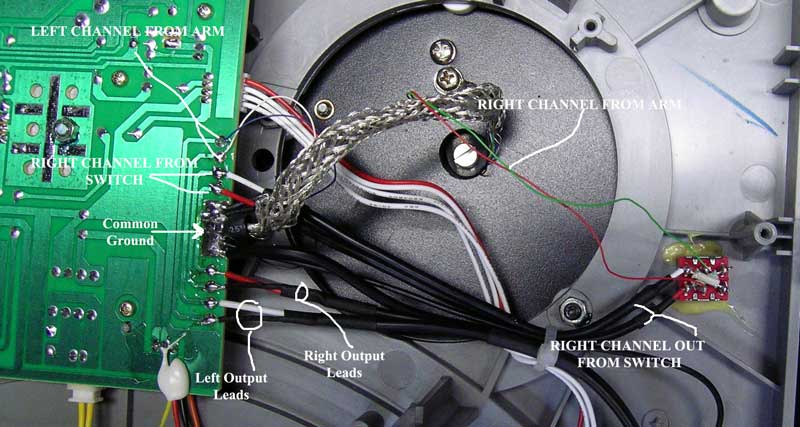

The signal comes from the tuner, passes through the preamp, passes through the power amplifier, and goes to the speakers. For example, your system might have a tuner, a preamplifier, and a power amplifier. The same process can be used to isolate problems with other components in the system. Looking at it another way, the problem always "follows" the bad component: If the right channel speaker output of your amplifier or receiver never works on any speaker, then it is the problem if your right speaker never works wherever you connect it, then it is the problem. This proves that the right channel speaker terminals on the amplifier or receiver are not working.Īt this point, you have pretty much established that the problem is the right channel speaker output from the receiver or amplifier, and not the speaker or wires. Most likely, the left channel speaker, which was working before, will not work. The next step is to connect the left speaker wire to the amplifier's or receiver's right channel speaker terminals. If the right speaker is still out, it is obviously bad.īut, what if the right speaker starts working? Obviously, then, the right speaker is not bad. The best way to isolate such problems to a single component in the system is to swap cables to see if the problem remains in the same channel or switches to a different channel.įor instance, if the your right channel speaker is out, connect its speaker wire instead to your amplifier's or receiver's left channel speaker terminals.

Sometimes this occurs constantly, and sometimes it happens only intermittently. One common problem with home stereo systems in the loss of one or more channels of sound.

Home Stereo Troubleshooting - One Channel Out


 0 kommentar(er)
0 kommentar(er)
